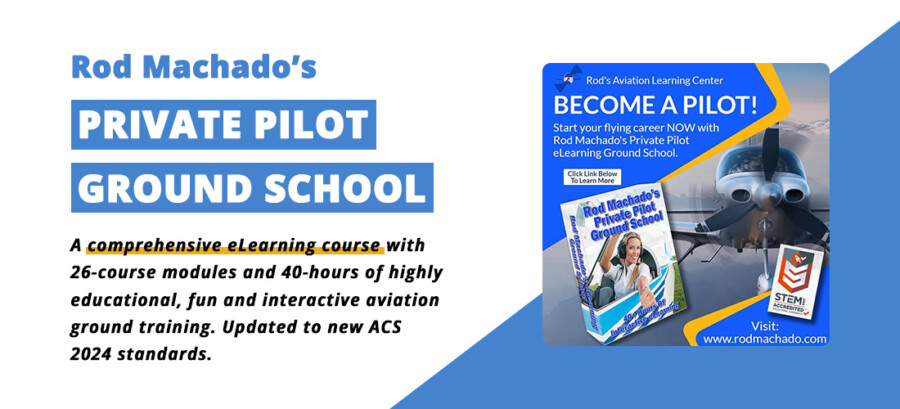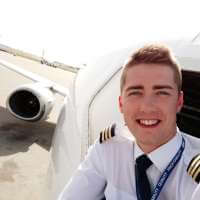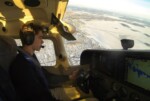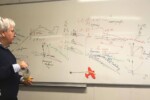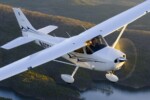Road to the Right Seat 5 – 15 Kilograms of Books
17 January 2017 | Updated on February 05, 2024
This post is part of the story series Road to the Right Seat.
We've all had a crazy childhood dream and mine was becoming an airline pilot. Many young people who aspire a flying career are unaware of the content of flight training and the preparations which are needed. On November 23rd, 2015 I started my ATPL(A) training. Time to realize my childhood dream. I'd like to take you along on an adventure and I'll happily answer all your questions on the way. Let's do this!
View all stories in this seriesDec 25, 2015 – The holidays have been celebrated and the first week of 2016 is over. Less than six weeks until our first set of exams. Things are getting more and more serious. We’re being trained well and are able to test ourselves via the progress tests, but what am I actually studying?
The courses
Everyone is aware of the fact that the theoretical phase of our training is a difficult and exhausting one. Let me explain you more about what we have to study and how our courses are split up.
Phase 1 exists of 8 books:
- Principles Of Flight
- Meteorology
- Electrics and Electronics
- Instruments
- Airframes and Systems
- Powerplant
- Communications
- Human Performance and Limitations
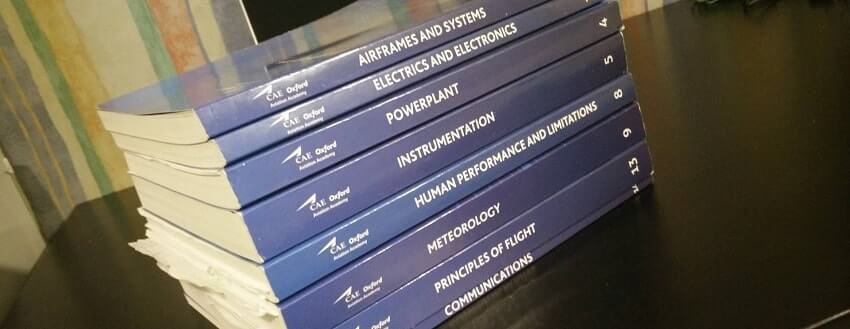

Principles of Flight:
Aerodynamics, lift, drag, stalls, controls… one of many subjects we discuss in this course. One of my personal favorites, but it’s definitely not the easiest one.
Meteorology:
Meteorology is without a doubt one of the most essential courses in aviation. That’s quite obvious since weather is something we cannot avoid and we must be aware of the possible dangers that come along with it.
Electrics and Electronics:
Direct Current and Alternating Current are the two main topics which are taught in this book. All new information for me, but it’s not too difficult when you try to visualize the content.
Instruments:
The cockpit is filled with many knobs, buttons and numbers so knowing where this information comes from is important. We learn more about their operation and possible errors.
Airframes and Systems:
Airplane construction, hydraulics and many other technical aspects concerning the operation of an aircraft. A fascinating course if you ask me!
Powerplant:
In this course, we discuss piston and turbine engines. Finally, we learn how these big metal birds are able to produce enough thrust to fly away into the blue skies.
Communications:
When flying in busy airspace it’s important to have clear and concise communication. We learn all the different aspects of communicating as an airline pilot in normal and abnormal situations.
Human Performance and Limitations:
Flying is demanding, both psychologically and physically. During HPL we learn all about working as a team, the effects of flying on the human body, risks involved and so on. Interesting and easy to study!
If you have any further questions concerning the books I had to study in phase 1, feel free to leave a comment below.
This post is part of the story series Road to the Right Seat.
We've all had a crazy childhood dream and mine was becoming an airline pilot. Many young people who aspire a flying career are unaware of the content of flight training and the preparations which are needed. On November 23rd, 2015 I started my ATPL(A) training. Time to realize my childhood dream. I'd like to take you along on an adventure and I'll happily answer all your questions on the way. Let's do this!
View all stories in this series





















